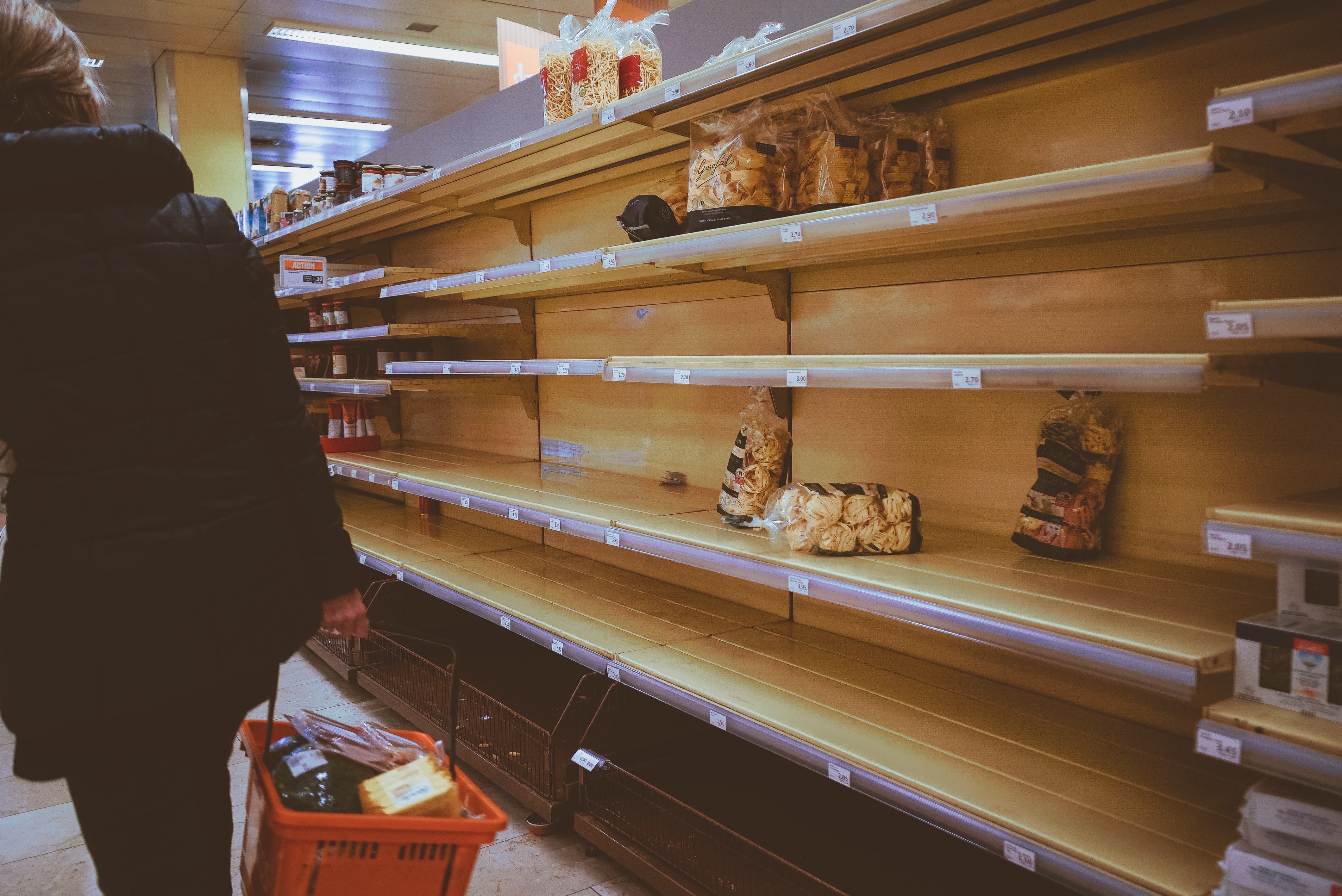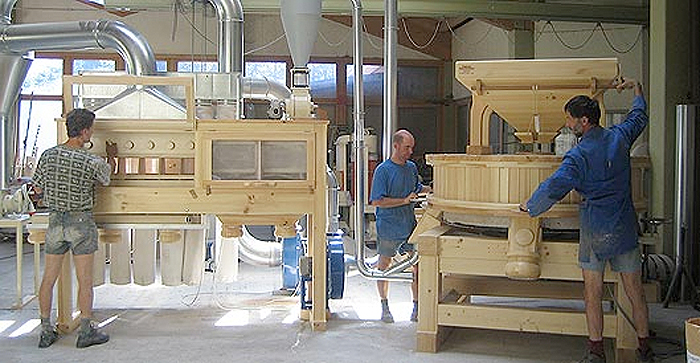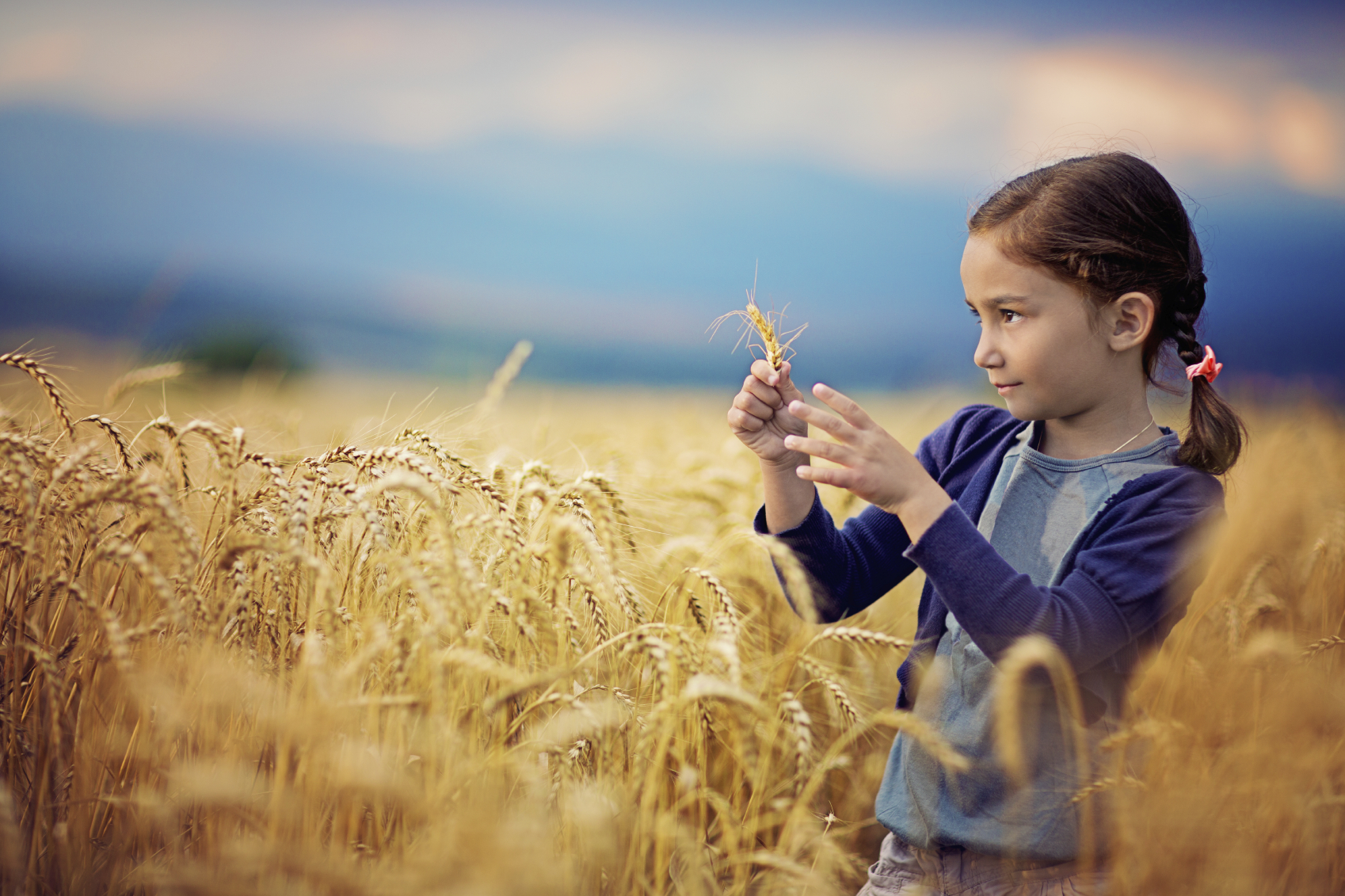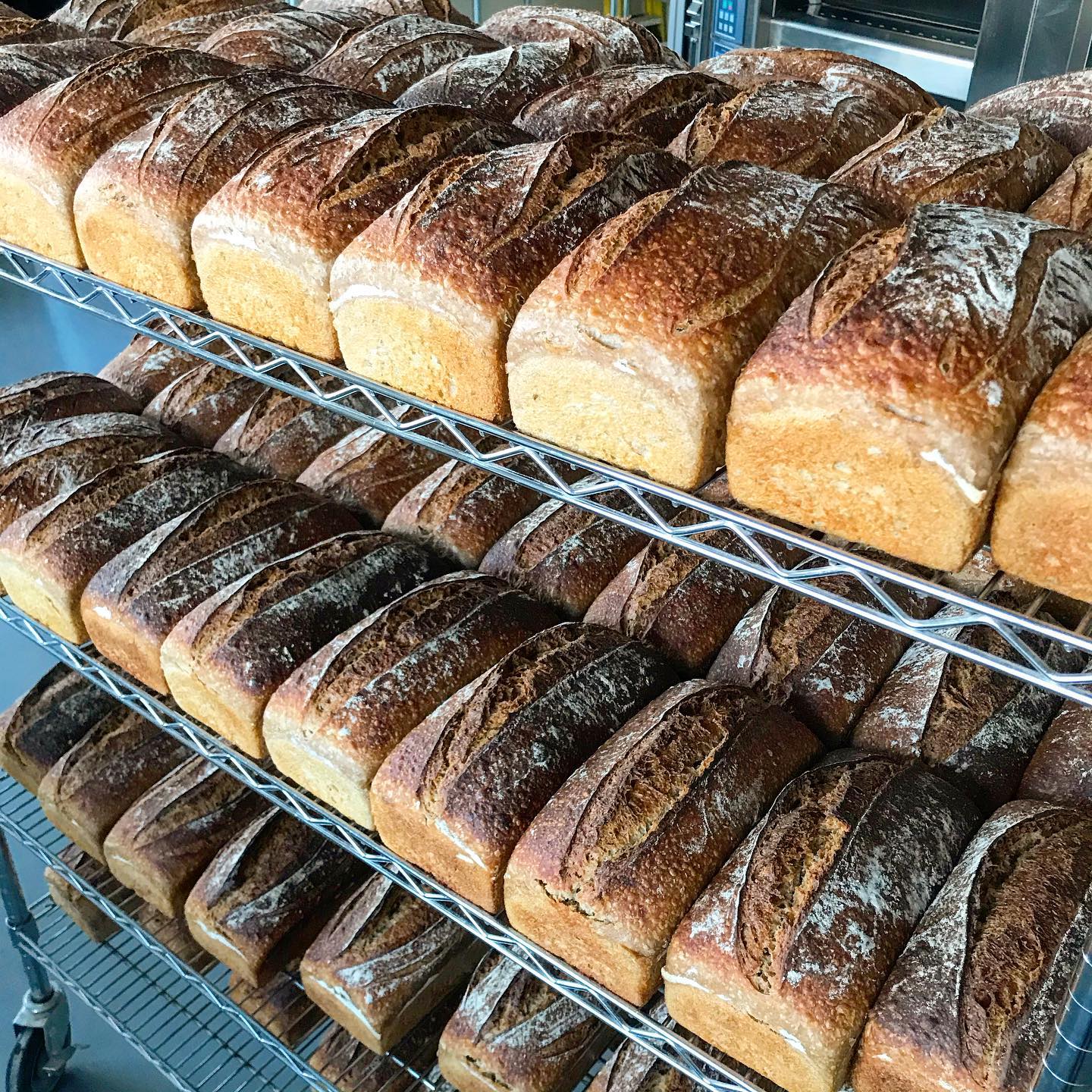Share This
Most of us are having to establish a new normal when it comes to procuring food. Empty shelves are a common occurrence, and pantry staples seem to be the first to go. Staring at those bare shelves it’s easy to fear that food – and toilet paper – is running out. While we are not experiencing a shortage in food (or toilet paper), those glaring metal shelves are a response to a drastic change in demand which our global distribution system and supply chain is shifting to meet. Before the COVID-19 crisis, close to half our food dollars were spent outside of the home. Of course, now those numbers are drastically different, with 90% of food dollars spent on food FOR the home. Wholesale demand for food at restaurants, schools, hotels has all but dried up while retail demand, mainly from grocery stores, has skyrocketed leaving many producers scrambling to adjust entire logistics plans to make products more suitable to the retail market and find new distribution pipelines, which is easier for some than others.
Our increased time at home has not just impacted the amount of food we need for more meals at home – it has also seemingly increased our collective desire to bake. This baking craze has contributed to the nearly doubled demand for flour, clearing out baking aisles faster than a loaves’ final proof. King Arthur Flour’s Baker’s Hotline has never been hotter, fielding more than double the usual number of calls. The increased demand is playing out in the mill as well – King Arthur Flour shipped out 3 times as much flour in March 2020 as they did in March 2019. The millers at King Arthur aren’t dealing with a shortage of wheat, they are simply trying to scale milling to keep up with this new demand.
Though our global supply is moving to adapt to our new normal, many of us are still far from the fully stocked shelves we were once privileged to have. This has caused many consumers to peek past their normal means of procurement, discovering regional food economies including exciting networks of local grain growers, millers, bakers, maltsters and brewers, all with products and expertise to offer. Local mills across the world have met this cry for flour head on, ramping up production and meeting demand from this new audience.
Locally grown flour does not have the same pressures that high-yield and high-starch-extraction commodity grains do, and therefore farmers and millers of local grains can focus on different benchmarks, experimenting with varieties of grain bred for taste, texture and nutrition. With all that effort going into the breeding and growing of the grain, there is a much greater appreciation for the flavor of the whole grain. After all, it’s somewhat counter-intuitive to refine and strip away the unique flavors of those carefully cultivated kernels, and many local mills don’t bother, which means they often have wonderful whole grain options that truly highlight the grain itself. Smaller in scale and with direct access to the farmers as well as end users, local mills have been able to pivot from wholesale to retail where necessary, and quickly adjust logistics to ramp up production and creatively connect with new customers, meeting the needs of their new audience in this unique period of time.
Other links in the local grain economy are not faring as well as the miller, though all are still integral parts to the grain value chain and their larger communities. Alyssa Hartman, the executive director of the Artisan Grain Collaborative, a group of individuals and organizations working to strengthen and promote the diversity of grains on the landscape in the Upper Midwest, has seen the impact of COVID-19 on all parts of the grain economy. “It is the bakeries, in particular, who are hurting. Not only have many storefronts shut down with people encouraged to stay home, many bakeries have numerous wholesale accounts which have dried up basically overnight.” These dried up wholesale accounts represent the shuttering of the foodservice industry as a whole, contributing the lion’s share of the increase in unemployment COVID-19 has wrought. Bakeries are integral to local food systems as end users – they are reliable buyers of local grain and flour, allowing farmers and millers to continue their work. The question for the Artisan Grain Collaborative in the past few weeks has become one about how to best support bakers, their employees, and those hurting in their community while continuing to invest in local grain agriculture.
The answer they’ve come up with to that daunting question is Neighbor Loaves, a program aimed to “highlight the importance of regional food systems and to support area farmers, millers, bakers, and eaters.” Individuals pay participating bakeries to produce “Neighbor Loaves,” containing at least 50% locally-grown stone-milled flour, which are then distributed to community feeding organizations. This program impacts the entire value chain, helping bakeries stay open which secures jobs and important accounts for farmers and millers, while supporting those hit hardest by the pandemic. “It’s important to think past this pandemic,” Alyssa said, “towards how we keep this system going – what does it look like for local bakeries to produce the majority of the bread that local feeding organizations are using?” In 6 weeks, 12 participating Midwest bakeries have produced 5,000 Neighbor Loaves all using at least 50% local grains.
This recent shakeup to our food systems is teaching us the importance of diversity and flexibility – not just in our shopping lists and cooking repertoires, but in our supply chain and food systems themselves. Local grain economies have stepped up in a big way, filling the gaps in our pantry and showing many new consumers how these smaller systems are an important complement to our global food chain. This global event has reminded us how connected we all are to food production. By supporting one part of a local value chain can we can send ripples throughout an entire community.
Visit the Artisan Grain Collaborative website to find participating bakeries or learn how to start a Neighbor Loaves program in our own community. Are you joining the ranks of home bakers and looking for local flour near you? Our local grains page is a great resource, as is our mail order grain page. Share your new grain experiments and discoveries with us in the comments below! (Abby)





Add a Comment